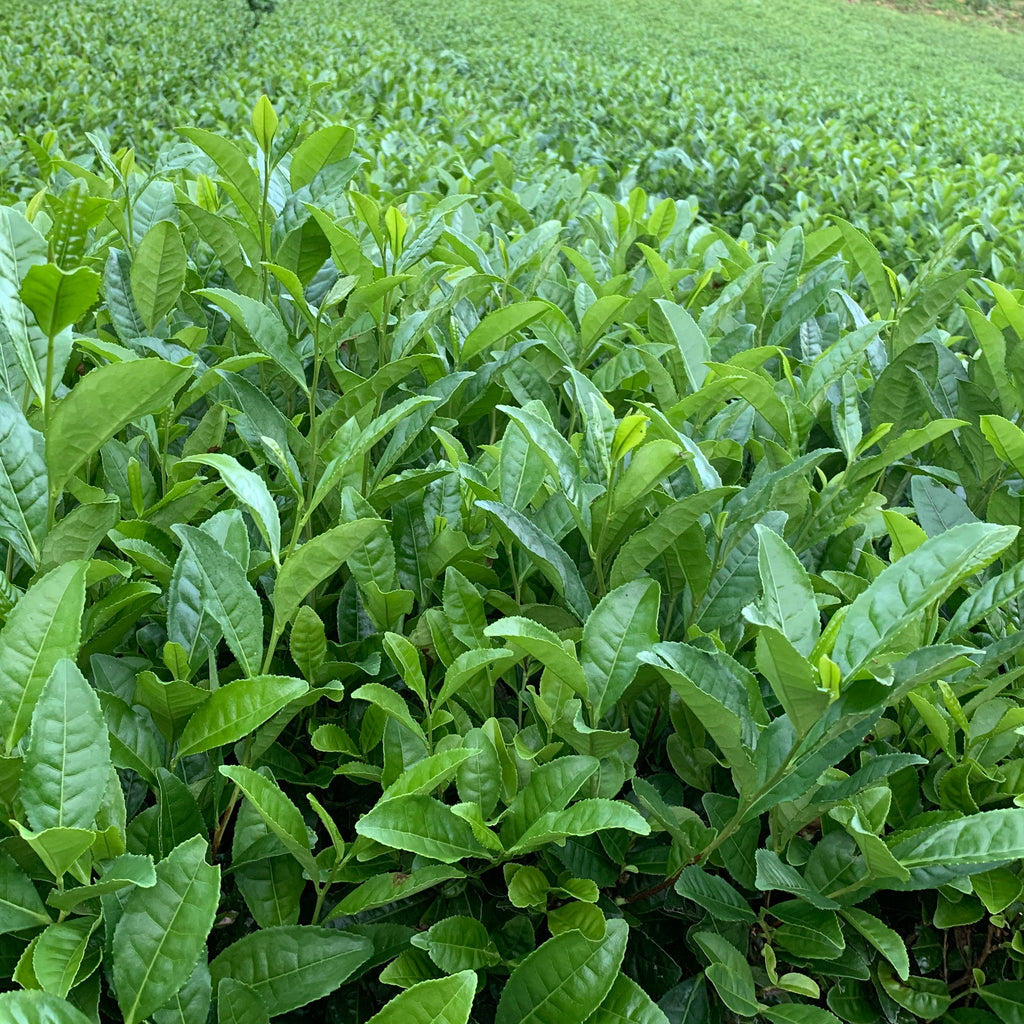The first flush is the tea harvested for the first time of the year. It is usually during the end of April and early May. So what are the second and third flush teas? We will explain about the definition and how it’s different from the first flush.
What are the second and third flushes?
After the first flush is harvested, the tea tree sprouts several times. The second and third buds of the year are harvested as the second and third flush teas, respectively.
The first flush is harvested from the end of April to early May, although there is some variation in harvest time depending on the region and climate. The second flush is harvested about 50 days later and the third flush about 40 days after that. Mid to late June for the second flush and mid-July to early August for the third flush.
How it the quality of the second and third flushes ?
Compared to the first flush, which stores nutrients during the winter months, the second and third flush teas have less umami and other flavors as the days go by.
For the sencha tea trees, the second and third flushes are harvested and used for ingredients of RTD green tea, genmaicha, hojicha and bancha. For gyokuro, the second and third flushes are rarely harvested since gyokuro is a kind of tea which focuses much on umami and sweetness. For matcha, it was originally harvested only in the first flush season, but in recent years, with the surge in demand for culinary grade matcha, the second and third flushes are now often harvested. In the past, the purpose of the second and third flushes was to ensure quantity rather than quality, but nowadays they actually have a different value than the first flush.
Originally, as an inexpensive tea, the second and third flushes were demanded, however, its light taste, which is not found in the first flush, can be considered unique.
In addition, it turned out that the fragrant scent called "hika" which is added as a masking agent in a final drying process during manufacturing, creates a wonderful harmony with the original fragrance that the second/third flushes have, under the condition that this drying process is done appropriately. When it comes to hojicha, the second and third flush teas may actually produce a better-smelling hojicha than the first flush. It turned out that the stronger grassy smell of the second and third flushes can be changed into a better aroma than the first flush when making hojicha. If we think about black tea, many people say the second flush tastes better than the first flush.
As for matcha, while the production of culinary grade matcha (mainly second and third flush teas) has increased in recent years as a response to increased demand, it’s been found that it can ultimately enhance the taste of matcha more than using the first flush ceremonial grade when it’s used as an ingredient in food and sweets.
In most cases, the second and third flushes are still considered to be lower grade than the first flush, however, the bottom line is the difference between the first flush and the second/third flush teas may be a matter of preference and usage, rather than just which is better.

